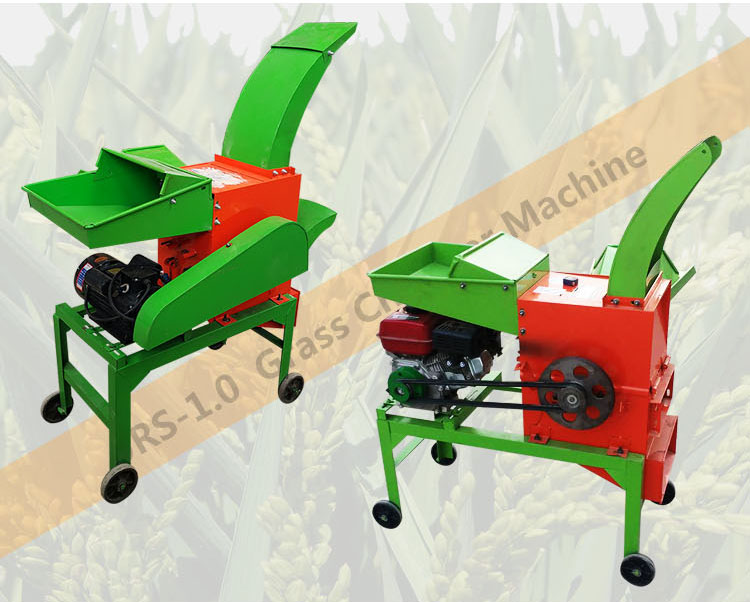poultry feed mixer
Dec . 19, 2024 01:04 Back to list
poultry feed mixer
The Importance of Poultry Feed Mixers in Modern Agriculture
In the ever-evolving landscape of agriculture, especially in poultry farming, efficiency, and quality have become paramount for maximizing production and ensuring the health of livestock. One of the key players in this process is the poultry feed mixer, a machine designed to create a homogeneous mixture of various feed components. This article explores the significance of poultry feed mixers, their types, and their advantages in poultry management.
The Role of Poultry Feed Mixers
Poultry feed mixers serve a crucial role in the preparation of balanced diets for poultry. A well-mixed feed is essential because it ensures that each pellet delivers the right nutritional components. Poultry, such as chickens, turkeys, and ducks, require a varied diet that includes proteins, carbohydrates, vitamins, and minerals. The feed mixer ensures that these ingredients are evenly distributed, preventing nutrient deficiencies and promoting better overall health among the birds.
Types of Poultry Feed Mixers
There are several types of poultry feed mixers used in the industry, including horizontal mixers, vertical mixers, and batch mixers
.1. Horizontal Mixers These mixers operate with a horizontal mixing chamber, where the feed ingredients are mixed as they move through the chamber. They are favored for their efficiency and ability to handle large batches of feed.
2. Vertical Mixers In contrast, vertical mixers utilize a vertical mixing chamber. Ingredients are fed through the top and spiral downwards, mixing thoroughly as they descend. These mixers are often more compact and can fit into smaller spaces, making them suitable for smaller farms.
3. Batch Mixers As the name suggests, batch mixers prepare feed in defined amounts. They are particularly useful for farms producing specialized feed types for different poultry groups.
poultry feed mixer

Advantages of Using Feed Mixers
Using poultry feed mixers presents numerous advantages that contribute to improved farm productivity
- Consistency A well-mixed feed guarantees uniformity. This consistency is crucial in feeding operations as it ensures that all birds receive the same nutritional content, leading to balanced growth and productivity.
- Efficiency Feed mixers streamline the process of feed preparation. Manual mixing is labor-intensive and can lead to segregation of feed components. Automated mixers reduce labor costs and time spent on feed preparation.
- Customization Poultry feed mixers allow farmers to customize feeds according to specific nutritional requirements. This is particularly important for different stages of growth or for addressing specific health conditions in poultry.
- Reduced Waste By achieving a well-mixed product, farmers can minimize waste associated with unconsumed feed. A well-balanced diet promotes better feed conversion rates, meaning birds convert feed into body weight more efficiently.
- Quality Control Modern poultry feed mixers often come equipped with monitoring systems to ensure quality control. These systems can adjust mixing times, speeds, and configurations to maintain the desired nutritional profile.
Conclusion
In conclusion, poultry feed mixers are vital to the poultry industry, contributing significantly to the efficiency and effectiveness of feed preparation. With advancements in technology, these mixers have become more sophisticated, allowing for greater customization and quality control. As the demand for poultry products continues to rise globally, the role of feed mixers will only grow more critical, helping farmers meet production needs while ensuring the health and welfare of their poultry. Investing in high-quality feed mixing equipment is not just a matter of convenience; it is a strategic decision that can lead to increased productivity and profitability in the competitive world of poultry farming.
-
Hot Sale 24 & 18 Door Rabbit Cages - Premium Breeding Solutions
NewsJul.25,2025
-
Automatic Feeding Line System Pan Feeder Nipple Drinker - Anping County Yize Metal Products Co., Ltd.
NewsJul.21,2025
-
Automatic Feeding Line System Pan Feeder Nipple Drinker - Anping County Yize Metal Products Co., Ltd.
NewsJul.21,2025
-
Automatic Feeding Line System - Anping Yize | Precision & Nipple
NewsJul.21,2025
-
Automatic Feeding Line System - Anping Yize | Precision & Nipple
NewsJul.21,2025
-
Automatic Feeding Line System-Anping County Yize Metal Products Co., Ltd.|Efficient Feed Distribution&Customized Animal Farming Solutions
NewsJul.21,2025






